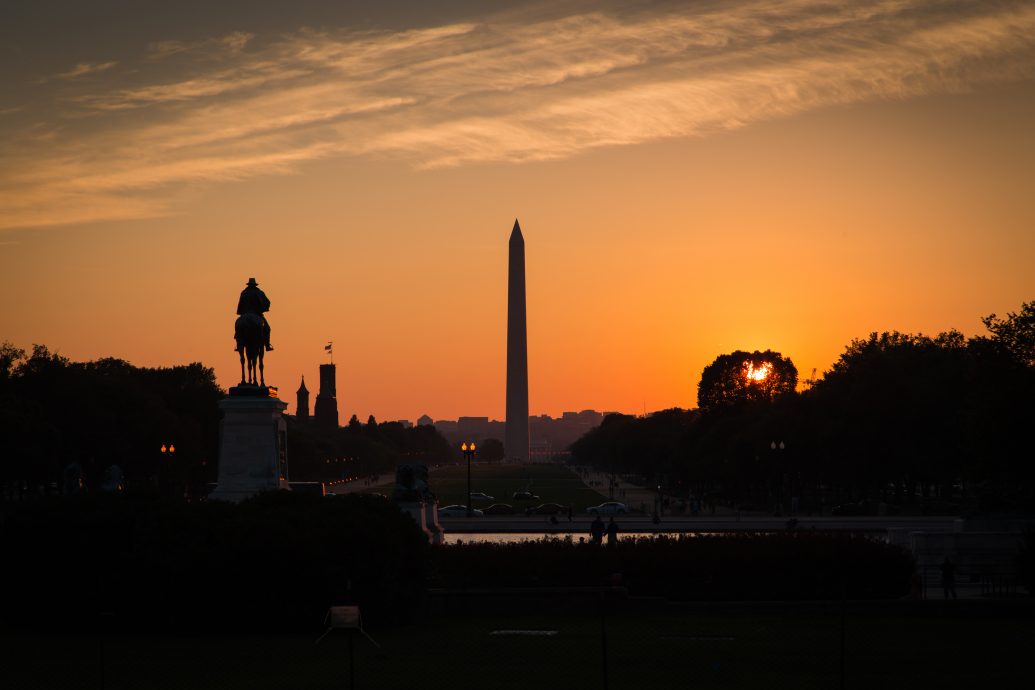Brian Flores's lawsuit against the NFL has plenty of op-ed-style bombast, but fails to offer any proof of intentional racial discrimination.
Dear Colleagues: Let’s Ignore the APA
When I first studied the courts and the Clean Air Act many years ago, two issues dominated administrative law. One was whether courts should add new mandates to the bare-bones notice-and-comment rulemaking procedures established by the Administrative Procedure Act (APA). The D.C. Circuit insisted that agencies listen to more parties, examine more evidence, and provide more extensive explanations of their decisions. Despite the Supreme Court’s misgivings, the D.C. Circuit prevailed. Rulemaking became more participatory, more devoted to extensive discussion of scientific evidence, more time-consuming, and more expensive, both financially and politically.
The second issue was whether judicial review of agency rules should be highly deferential (the New Deal model) or require judges to take a “hard look” at the agency’s reasoning, evidence, and interpretation of the underlying statute. Despite the Supreme Court’s Chevron decision, the “hard look” doctrine generally (if inconsistently) prevailed.
The bureaucratic consequence of these two developments was predictable though not predicted: agencies looked for ways to avoid rulemaking. To prevail in court, agencies had to devote precious time and resources to elaborate rulemaking procedures. Even then there was some chance they would be told to start all over again. Meanwhile the expansion of OMB review of “major regulations” increased agencies’ incentives to avoid rulemaking altogether. The trick was to find ways to induce regulated entities to comply with the wide variety of informal guidelines produced by federal agencies.
Robert Gasaway has put his finger on “the two most severe maladies afflicting our administrative state today.” The first is agencies’ common practice of “implement[ing] sweeping policy changes before they are embodied in regular administrative processes” and subjected to judicial review. The second is quiet submission to these whispered commands by regulatory targets due to “fear of agency retaliation.” Gasaway devotes his article primarily to business regulation such as the FDA’s licensing of pharmaceuticals. Here I will explain how these “maladies” reappear in regulation of educational institutions and subnational governments. Although a similar pattern emerges with these institutions, the incentives and cures are somewhat different.
A number of federal statutes prohibit recipients of federal funds from discriminating on the basis of race and national origin (Title VI of the 1964 Civil Rights Act), sex (Title IX of the 1972 Education Amendments), disability (section 504 of the 1973 Rehabilitation Act and the 1990 Americans with Disabilities Act), and age (the 1975 Age Discrimination Act). These laws give federal agencies authority both to issue regulations and to terminate funding to those who fail to comply.
Rarely, though, do federal administrators issue regulations under these laws. And virtually never do they cut off federal funding. In fact, not since the height of southern resistance to Brown v. Board of Education in the 1960s has a school lost funding because it failed to comply with a civil rights statute. Civil rights agencies have in effect replaced the statutory scheme with one less subject to public scrutiny and debate.
Consider Title IX, which in recent years has incited the most controversy. Way back in 1975, the old Department of Health, Education, and Welfare issued its first set of Title IX regulation. They remained ambiguous on crucial issues, most notably college athletics. As athletics became increasingly contentious, the new Department of Education announced multiple “interpretations” of those regulations, but never issued another APA rule on the topic.
Similarly, for decades the Department’s commands on sexual harassment and treatment of transgender students took the form of hundreds of pages of unilaterally issued “Dear Colleague Letters” or “technical” guidance—with virtually no public participation or explanation. Not until the Department’s 2020 regulation on sexual harassment did it complete another full rulemaking process on a major Title IX issue. In other words, for nearly half a century the Department issued extensive, controversial rules while ignoring the APA. And the number of funding terminations under Title IX remained at zero.
The history of that 2020 Title IX regulation helps us understand why the Department avoided rulemaking for so long. In September, 2017, Secretary DeVos withdrew the Obama Administration’s much-criticized guidance on sexual harassment, and announced that her Department would soon begin the rulemaking process. The proposed rule appeared a year later, along with 150 pages of explanation. Over the next eighteen months the Department held hearings, met with advocacy groups, negotiated with the Office of Management and Budget and the White House, and composed responses to the 124,000 comments it received on the proposal. In May, 2020, it finally released its final rule, together with a 2,000-page explanation of why it changed some provisions, retained others, and rejected most of the proposals offered in the comments. For a small department, this was a significant expenditure of time and political capital.
The regulation was immediately challenged in several federal courts. Given the Department’s extensive effort to anticipate every objection and its heavy reliance on the Supreme Court’s interpretation of Title IX, it is not surprising that all these challenges failed. A few months later, though, the Biden Administration announced its intension to revise the 2020 regulations significantly. Of course, to do so it must go through the same lengthy process. There remains one strategic advantage of rulemaking: If APA rules are hard to establish, they are nearly as hard to overturn.
Department of Education lawyers have routinely declared that while informal guidance such as “Dear Colleague Letters” might not be “legally binding,” they still expect all recipients of federal funding to comply with it. How do they get away with this double-talk?
Civil rights agencies have developed three ways to enforce their informal guidelines. The first is the private law suit. Federal courts have ruled that even though Congress did not explicitly create a private right of action in these statutes, it still meant to authorize them. Consequently, private parties who claimed to have been injured by a recipients’ failure to follow the guidelines can seek both injunctive relief and monetary damages.
What can be done to reduce such evasion of the APA? At the very least, courts should reduce agencies’ incentives to rely on informal guidelines by refusing to defer to them in cases brought by private parties.
The key issue becomes whether the judge hearing these cases will defer to the agency despite its failure to follow APA procedures. In the past, lower courts have often deferred: the leading example are the Title IX cases on college athletics. The Supreme Court added to the problem by suggesting that judges show more deference to agencies’ interpretation of its regulations (which obviously do not go through notice-and-comment ruling) than to its rules, which do. Fortunately, the Court seems to be rethinking this line of argument, recognizing the perverse incentives it has created.
The second enforcement mechanism is the lengthy, well publicized investigation. The guidelines the Department issued between 2011 and 2014 on sexual harassment went so far beyond the Supreme Court’s interpretation of Title IX that it could not rely on private enforcement suits. Indeed, almost all the private suits filed on this issue sought to challenge those guidelines.
Instead, the Department launched hundreds of investigations that lasted months and even years. Previously it had announced investigations of educational institutions only upon their completion. Now it announced them in advance in order to increase pressure on schools to capitulate. Investigations would end only when a school agreed to sign a lengthy compliance agreement—which usually required years of subsequent monitoring by federal officials. In short, the process was the punishment.
The third strategy was developing alliances with groups within schools sympathetic to the Department’s point of view. That is why the Department insisted that each school create an autonomous Title IX office with multiple responsibilities—and consequently, many employees. This Title IX office would then tell others within the school that they are obliged to follow all Department guidelines—or endanger the entire institution’s federal funding. As ludicrous as this claim might be, it is frequently repeated by academic administrators, and often believed by gullible faculty members.
What can be done to reduce such evasion of the APA? At the very least, courts should reduce agencies’ incentives to rely on informal guidelines by refusing to defer to them in cases brought by private parties. But greater responsibility lies elsewhere. Congress should use confirmation hearings to extract promises from nominees that they will use rulemaking for major policy matters. It should use the appropriations to punish agencies who evade the APA.
Most importantly, schools and other recipients of federal funds should stop cowering in the face of agency threats and investigations. Unlike a pharmaceutical company whose drug might be denied a license or a federal contractor who might be denied a lucrative job, their losses are likely to be minimal. Their leaders might even receive praise for standing up to overbearing regulators. A good way for any college president to stand out among the crowd is to display a modicum of courage.
Robert Gassaway has put his finger on a serious problem and has suggested ways that courts can begin to address it. Given the extent to which some agencies have sought to evade judicial review, though, we cannot expect too much from the revision of judicial doctrines. It will take action by many others committed to the rule of law.


